
Predicting the Woman Hairstyles of the Future: 7 Trends Shaping the Next Decade | Tech & Sustainability
12 min read

12 min read

12 min read
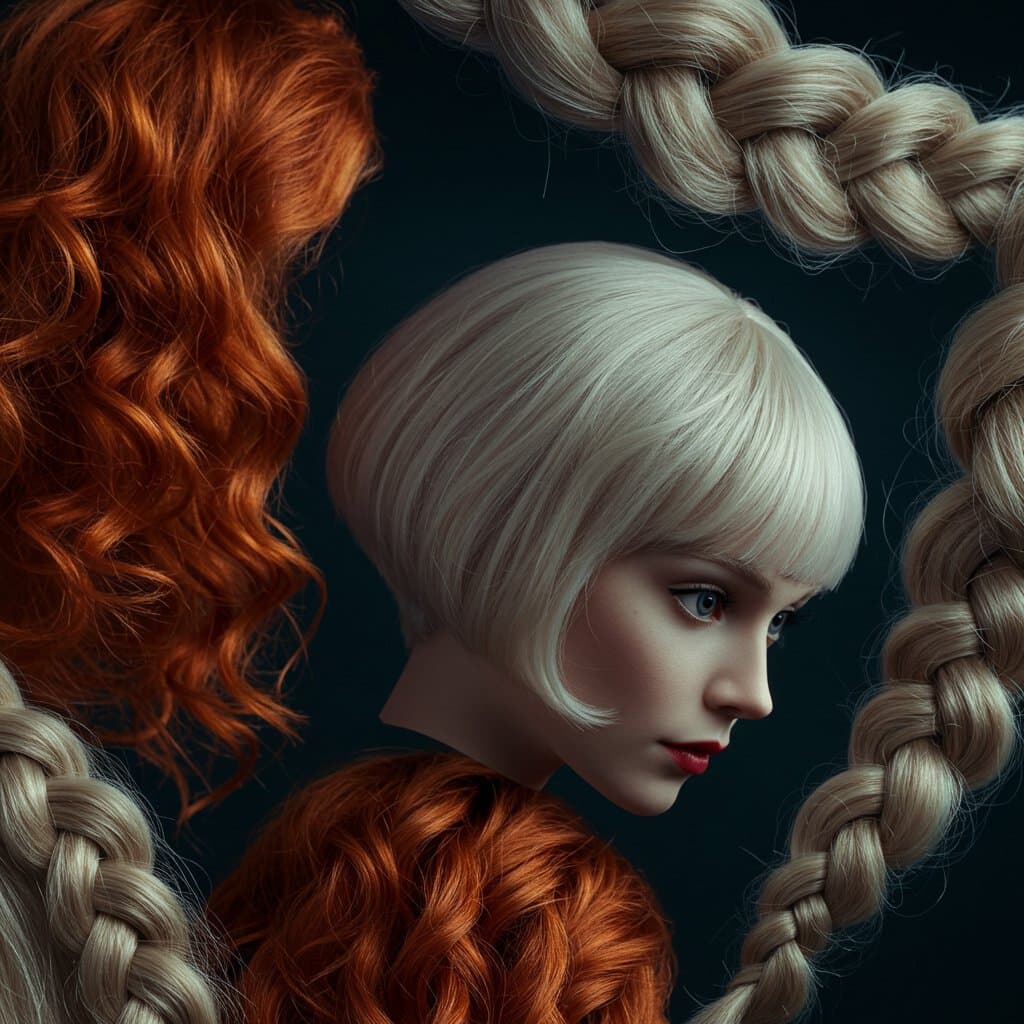
14 min read
Download our app to instantly see how you'd look with any hairstyle or color
Get the App
13 min read

13 min read
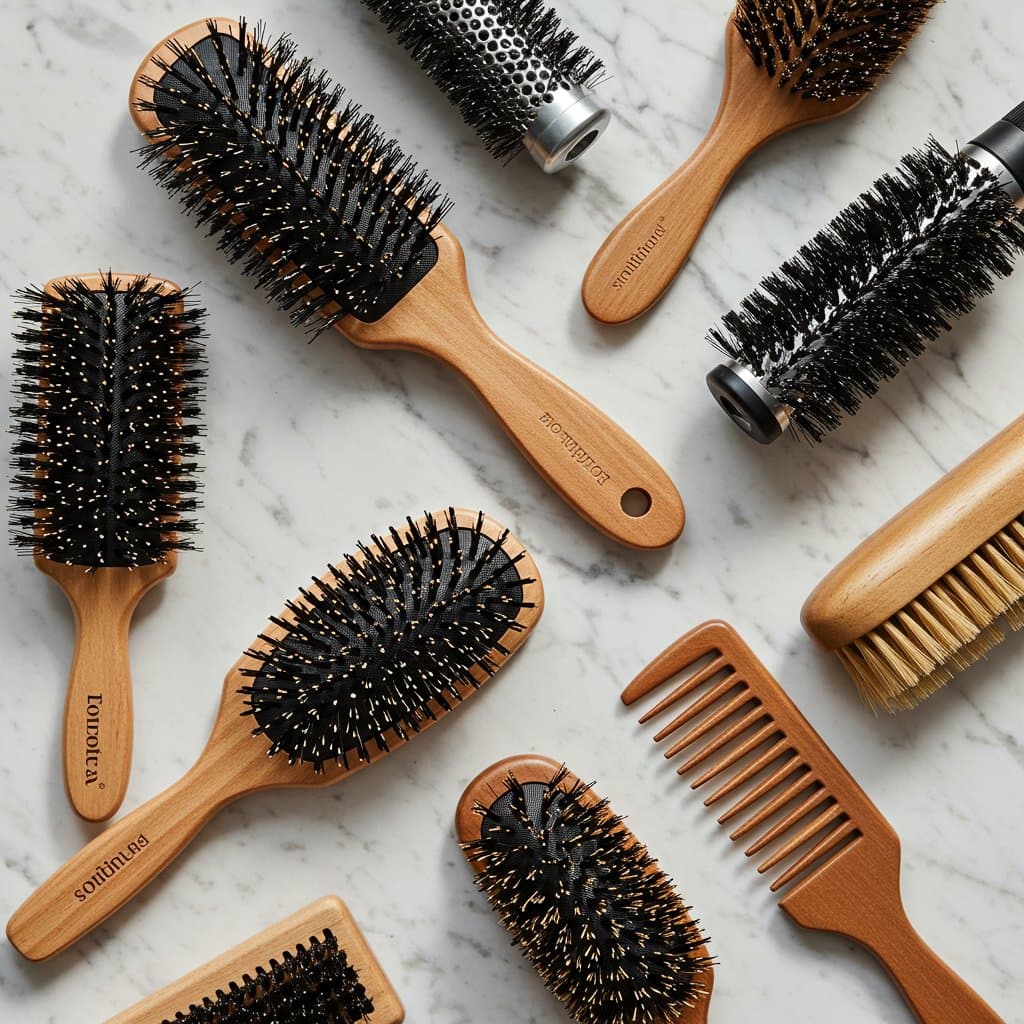
14 min read
Download our app to instantly see how you'd look with any hairstyle or color
Get the AppThe 1960s was a decade of profound cultural and social transformation, and nowhere was this more visually apparent than in its hairstyles. Breaking away from the softer, more controlled looks of the 1950s, the 60s ushered in an era of bold experimentation, with volume, height, and structure taking center stage. At the forefront of this hair revolution were two defining styles: the voluminous, elegant Bouffant and the perky, youthful Flipped Bob. These weren't just haircuts; they were statements of identity, reflecting the changing roles of women and the dynamic spirit of the times. The Bouffant and the Flipped Bob of the 1960s represented two sides of the same coin—one embodying established sophistication and the other a burgeoning sense of freedom and fun.

This comprehensive guide delves into the fascinating world of these two iconic 1960s hairstyles. We will explore their origins, the cultural icons who popularized them, the specific techniques used to create them, and their enduring legacy in modern fashion and beauty. Whether you're a lover of vintage style, a hairstylist seeking inspiration, or simply curious about the history behind these unforgettable looks, this exploration will provide a detailed look at the artistry and social significance of the bouffant and the flipped bob. Understanding these styles is to understand a key piece of the 20th century's aesthetic narrative, a story told through teasing combs, hairspray, and a whole lot of confidence.
The bouffant hairstyle is synonymous with the early 1960s, a symbol of polished femininity and sophisticated glamour. Its name, derived from the French word for 'puffed-out,' perfectly describes its signature silhouette: a rounded, voluminous shape created by teasing the hair at the crown and smoothing the outer layer over it. This wasn't a wash-and-go style; it was a carefully constructed coiffure that required time, technique, and a formidable amount of hairspray. The bouffant communicated a sense of luxury and leisure, suggesting that its wearer had the time and resources to maintain such an elaborate look. It became the go-to style for formal events, society gatherings, and for any woman who wanted to project an image of impeccable grace.
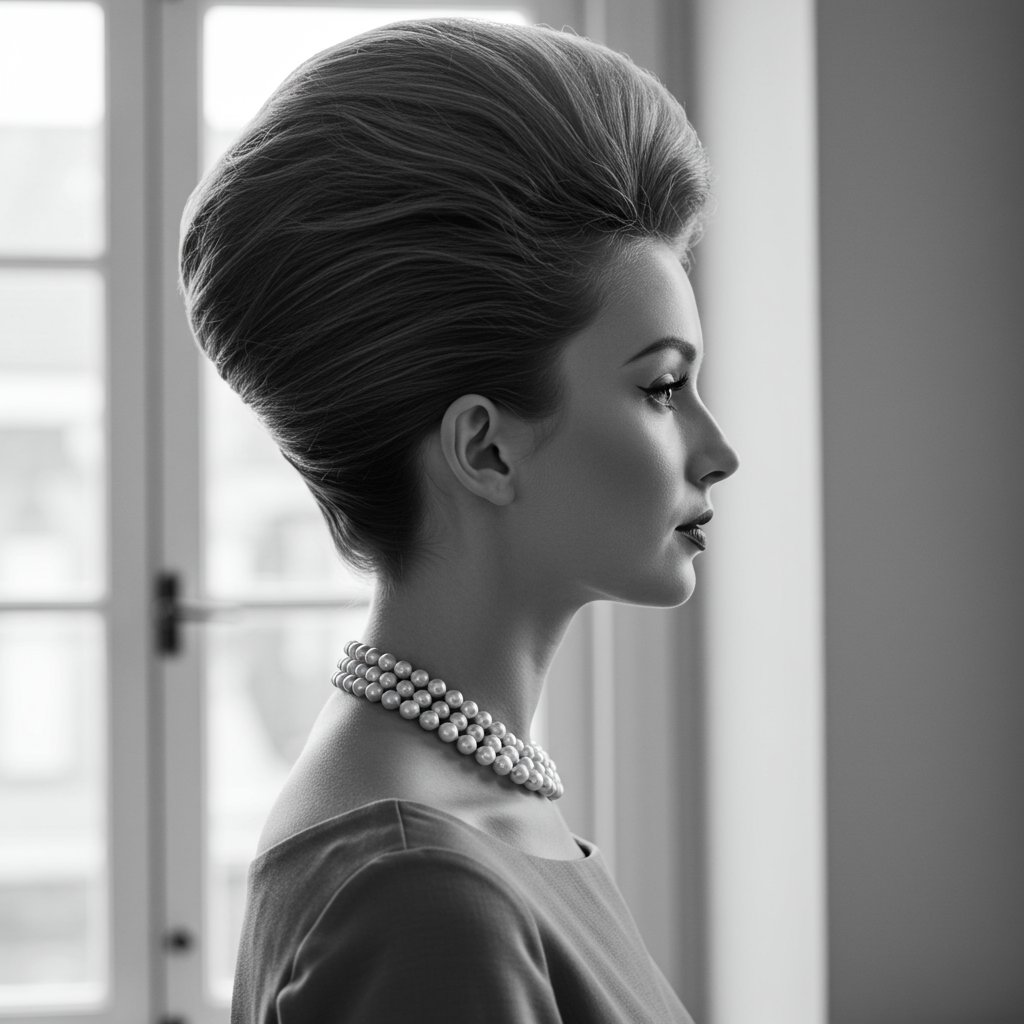
As the 1960s progressed, a new energy began to bubble up, one that was younger, more vibrant, and a little less formal. This cultural shift was perfectly captured by the Flipped Bob. Also known as the 'bubble' or 'pageboy flip,' this style took the classic, chin-length bob and gave it a playful, energetic twist. The defining feature was the ends of the hair, which were curled outwards and upwards in a jaunty flip. It was a style that had movement and bounce, a stark contrast to the stationary helmet of the bouffant. The flipped bob was fresh, optimistic, and accessible, quickly becoming the signature look for the modern, forward-thinking young woman.

Though both are quintessentially 60s, the bouffant and the flipped bob told very different stories through their shapes and structures. They represented a fascinating dichotomy in the decade's style narrative, often appealing to different demographics or suiting different occasions. The choice between a bouffant and a flipped bob was a choice between stately elegance and effervescent charm, between vertical height and outward motion. They were the yin and yang of 1960s hair, defining the era's aesthetic from two distinct perspectives.
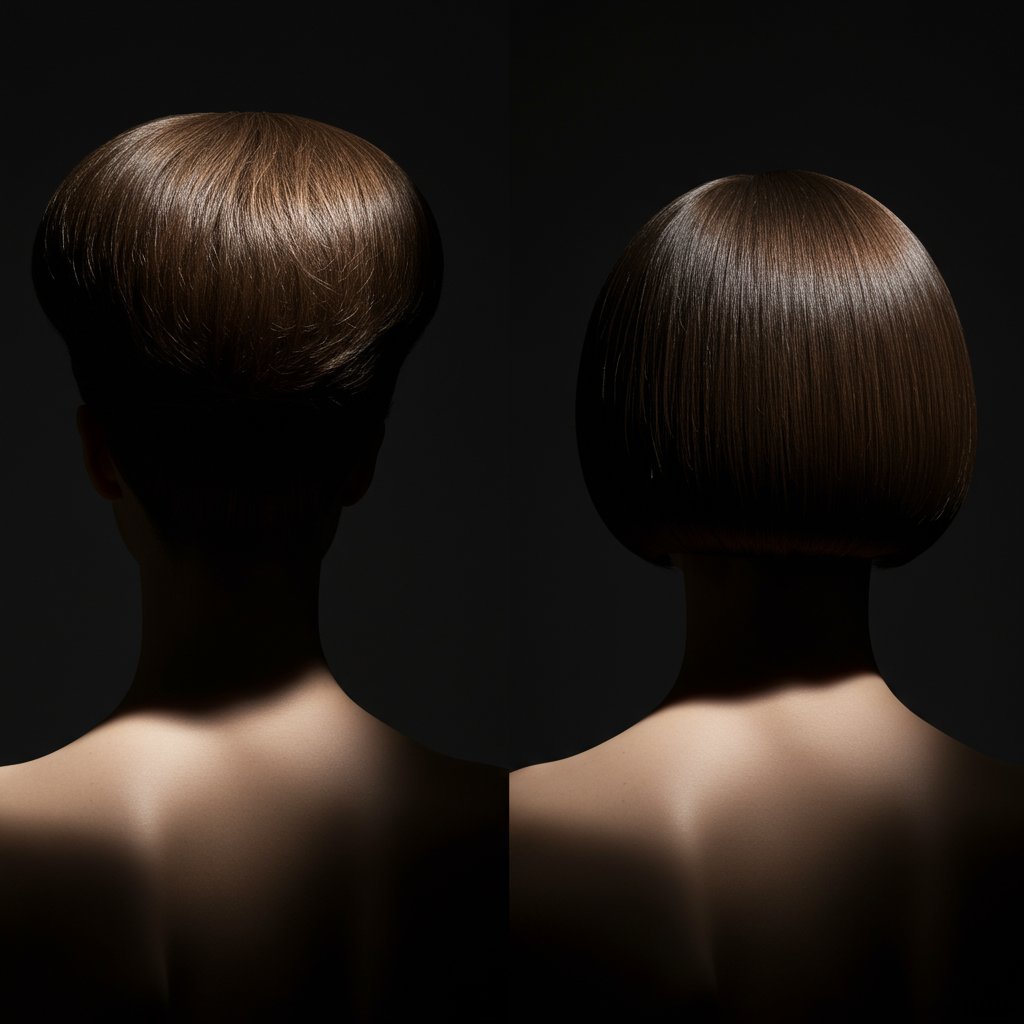
Comparing the Bouffant and the Flipped Bob of the 1960s reveals how a single decade could house such diverse yet iconic trends. The bouffant was about aspiration and formality. Its structure was vertical, drawing the eye upward and creating an imposing, regal silhouette. It was a style that stayed put, a testament to the power of teasing and hairspray. The flipped bob, conversely, was about energy and accessibility. Its structure was horizontal, with the outward flip creating width and movement. It was a style that danced and bounced with every turn of the head, conveying a sense of freedom and modernity. The bouffant was often seen at state dinners and galas, while the flipped bob was perfect for the office, a cocktail party, or a day out.
Achieving either the bouffant or the flipped bob required a specific set of tools and a new generation of powerful styling products. The bathroom counter of a stylish 1960s woman would have looked like a well-stocked workshop, filled with implements designed to tease, set, curl, and freeze hair into submission. These weren't just accessories; they were essential instruments for constructing the decade's signature looks. The advancements in hair product chemistry, particularly the development of aerosol hairspray, were instrumental in making these gravity-defying styles possible for the average woman, not just for Hollywood stars.
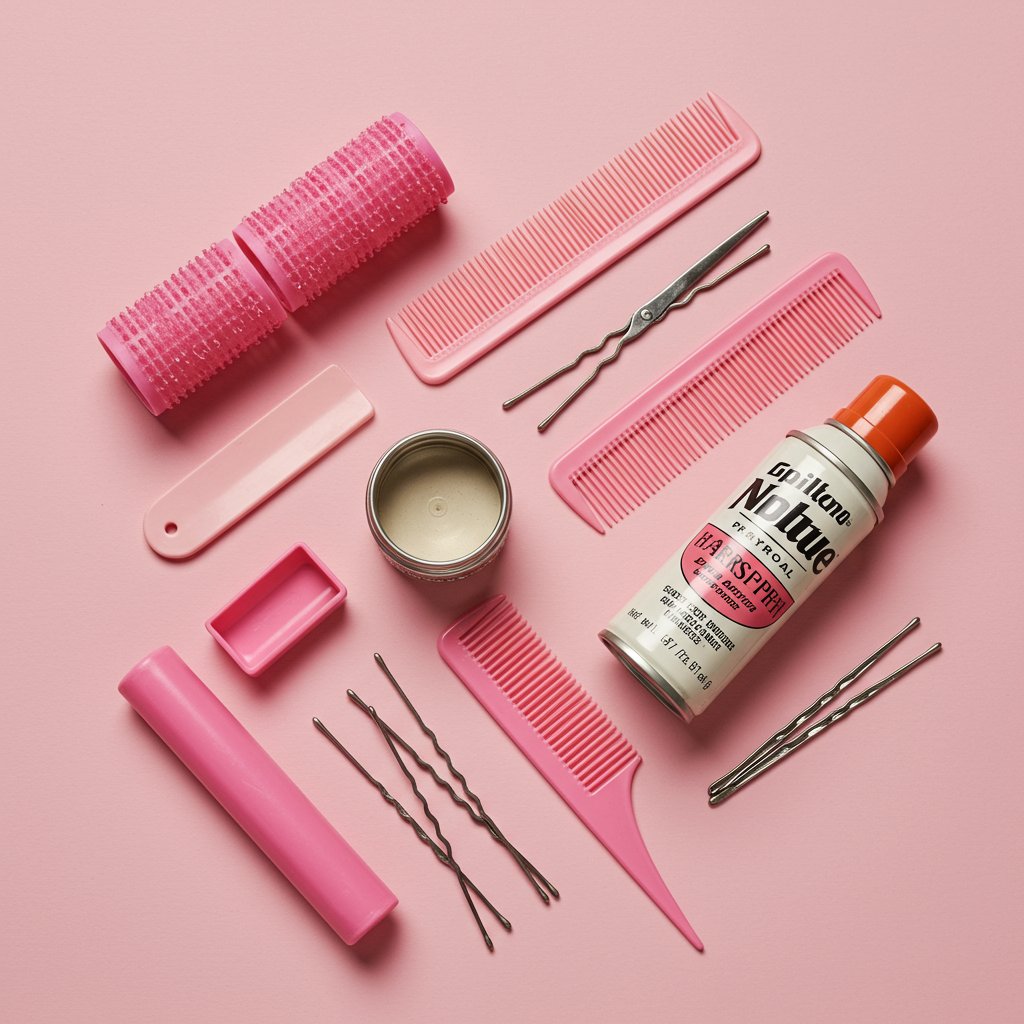
At the heart of it all was the teasing comb (or rat-tail comb), with its fine, tightly-spaced teeth perfect for creating the tangled foundation of the bouffant. Equally important were hair rollers—often made of plastic mesh or foam—in various sizes. Large rollers were used to create the smooth curve of the bouffant or the outward kick of the flipped bob. Many women would sleep in their rollers overnight or sit under a hooded dryer, a common appliance in both homes and salons, to set their style for the week. And, of course, there was hairspray. Brands like Aqua Net became household names, sold in large aerosol cans and promising a hold that could withstand wind, weather, and a night of dancing. These products formed the holy trinity of 60s hairstyling: set, tease, and spray.
While the helmet-like hold of the original 1960s styles might not be practical for today's lifestyle, the essence of the bouffant and the flipped bob can be beautifully translated into modern, wearable looks. The key is to capture the spirit of the original—the volume of the bouffant or the flick of the bob—but with a softer, more touchable finish. Modern styling products and techniques allow for recreating these silhouettes without the extreme teasing and stiffness of the past. A professional stylist can adapt these vintage styles to suit your hair type, face shape, and personal aesthetic, giving you a nod to 60s glamour that feels fresh and current.
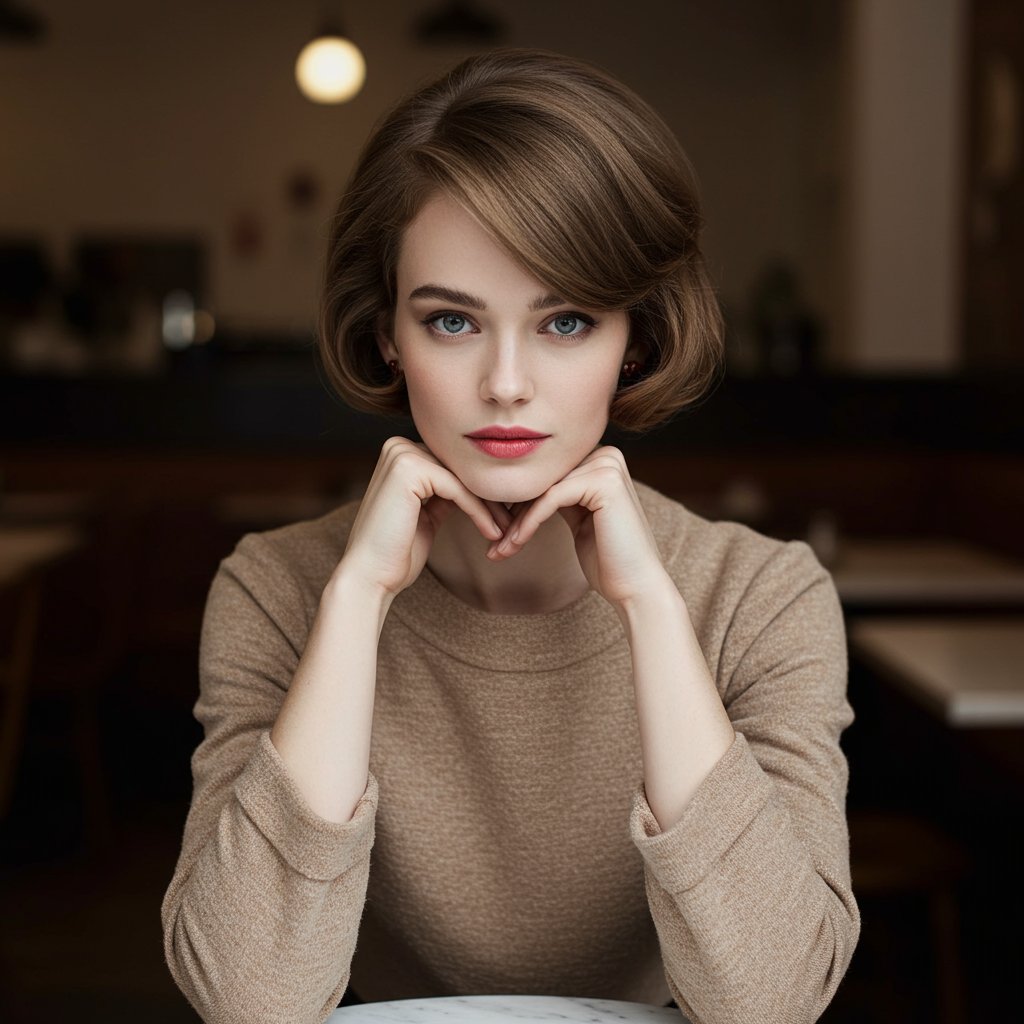
For a modern bouffant, the focus is on creating volume at the crown without the intense backcombing. A stylist might use a volumizing mousse at the roots and a texturizing spray instead of heavy teasing. A tool like a crimper can be used on the under-layers of hair at the crown to create a hidden, supportive structure that provides lift. The outer layers are then smoothed over, and a flexible-hold hairspray is used to maintain the shape while allowing for natural movement. For the modern flipped bob, the cut is paramount. A skilled stylist will use layering techniques to encourage the hair to naturally flip outwards. Instead of a tight roller set, a round brush and a blow dryer or a large-barrel curling iron can be used to create a soft, bouncy flip at the ends. The result is a look that pays homage to the 60s classic while being perfectly suited for the 21st century.
The Bouffant and the Flipped Bob of the 1960s have left an indelible mark on the world of fashion and beauty. Their influence can be seen time and time again on high-fashion runways, red carpets, and in pop culture. Designers and stylists continually reference the 60s for its bold shapes and unapologetic glamour. Artists like Amy Winehouse famously adopted a dramatic bouffant-beehive hybrid as her signature look, while modern celebrities often sport softer versions of the bouffant for elegant events. The flipped bob makes frequent reappearances, seen on actresses and fashion icons who want to channel a look of playful, retro chic.
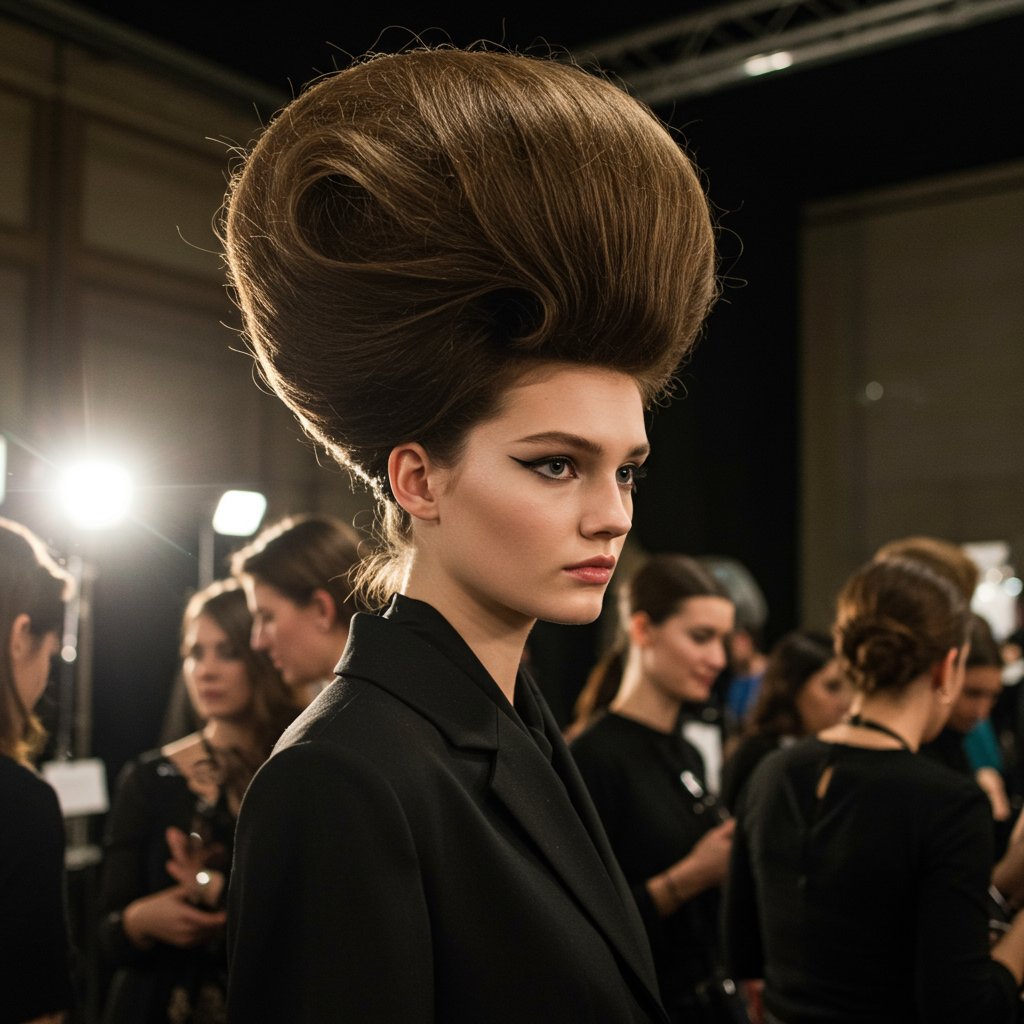
These styles endure because they are more than just hairstyles; they are powerful silhouettes that communicate a distinct mood and character. The bouffant represents timeless elegance and power, while the flipped bob signifies youthful optimism and charm. They are stylistically versatile, able to be toned down for a subtle vintage nod or exaggerated for high-fashion drama. Their continued presence in our visual culture is a testament to their brilliant design and the revolutionary spirit of the decade that created them. They remind us that hair can be a powerful tool for self-expression, capable of capturing a moment in time while remaining eternally stylish.
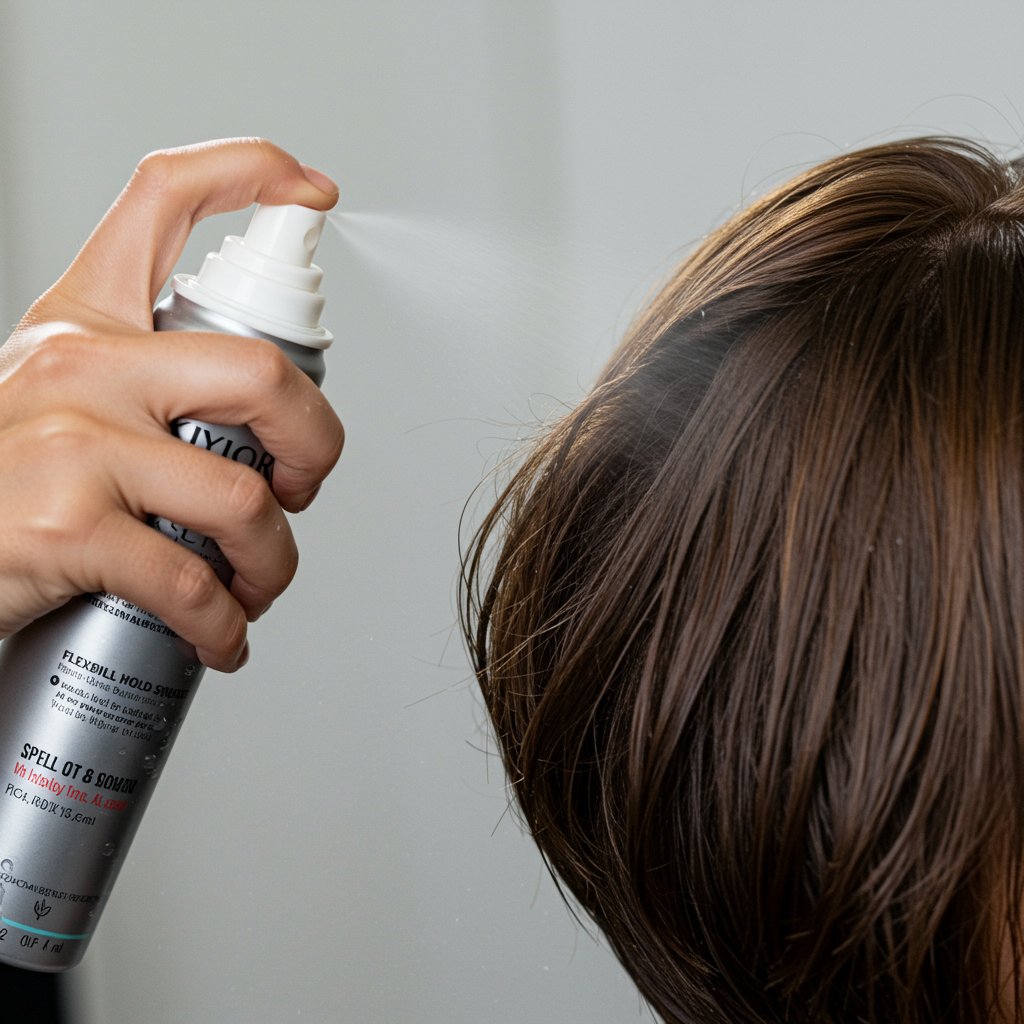
The Bouffant and the Flipped Bob of the 1960s are more than just retro fads; they are pillars of hairstyling history. They represent a pivotal moment when hair became a primary form of self-expression, reflecting both the poised elegance of an established order and the vibrant energy of a new generation. The bouffant’s structured volume and the flipped bob’s playful movement captured the dualities of the decade itself. Today, these styles continue to captivate and inspire, proving that great design and a strong silhouette are truly timeless. By understanding their history and adapting their techniques, we can continue to celebrate and enjoy the enduring glamour of this unforgettable era in hair fashion.
Download our app to instantly see how you'd look with any hairstyle or color
Get the App
12 min read

12 min read

14 min read